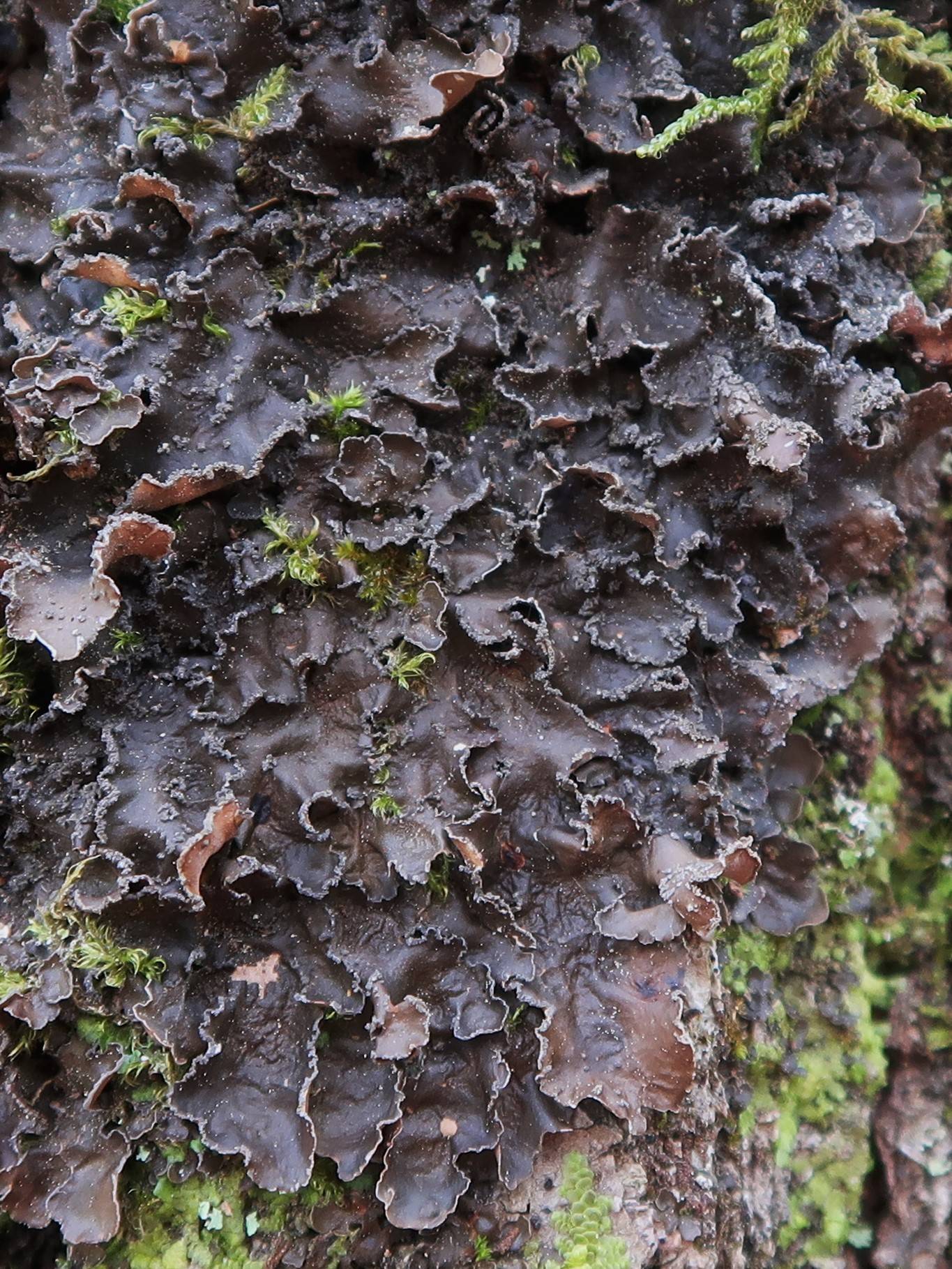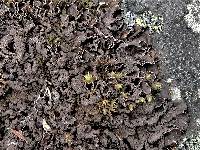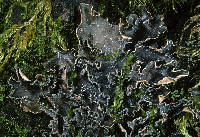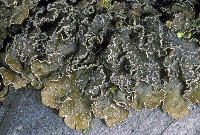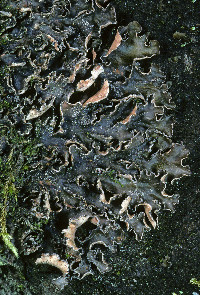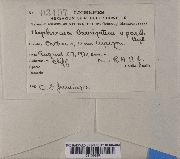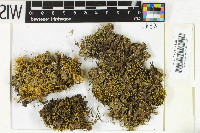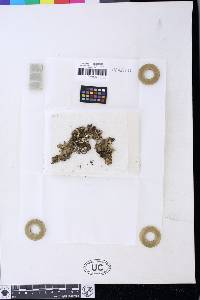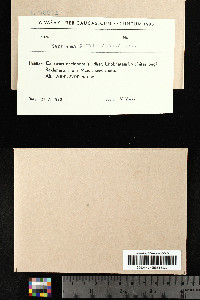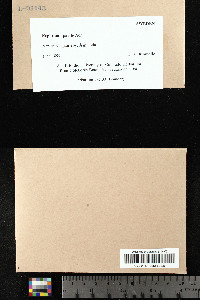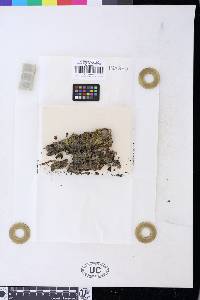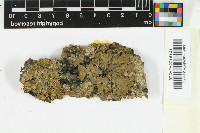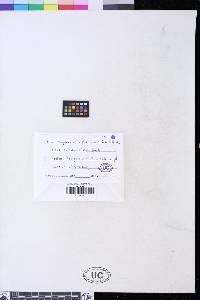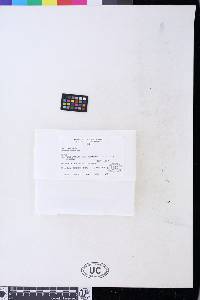
Consortium of Lichen Herbaria
- building a Global Consortium of Bryophytes and Lichens as keystones of cryptobiotic communities -
- Home
- Search
- Images
- Species Checklists
- US States: O-Z >
- US National Parks
- Central America
- South America
- US National Parks
- Southern Subpolar Region
|
|
|
|
Family: Peltigeraceae
[Lichen parilis Ach., moreNephroma laevigatum var. parile (Ach.) Mudd, Nephromium laevigatum var. parile (Ach.) Nyl., Nephromium parile (Ach.) Nyl., Nephromium parile f. glomelliferum (Croz.) M. Choisy, Nephromium parile f. hybridum Gyeln. ex Nikol., Nephromium parile f. parile (Ach.) Nyl., Nephromium parile f. reagens B. de Lesd., Opisteria parilis (Ach.) Vain., Peltidea parilis (Ach.) Ach., Peltigera parilis (Ach.) Spreng.] |
Nash, T.H., Ryan, B.D., Gries, C., Bungartz, F., (eds.) 2002. Lichen Flora of the Greater Sonoran Desert Region. Vol 1. Thallus: foliose, continuously forming rosettes or fragmentary, 3-8 (-15) cm wide, loosely adnate, lobate lobes: irregular, broad (3-8 mm wide), elongate, often thin; apices: usually subrotund, entire or frequently dissected marginally in teeth-like pattern, rarely ascending upper surface: usually medium to dark red-brown, occasionally with a bluish gray cast, shiny or somewhat pubescent, epruinose; isidia absent soredia: granular, marginal or laminal, in bluish gray, maculiform soralia; occasionally regeneration squamules present medulla: white photobiont: the cyanobacterium Nostoc lower surface: pale brown, naked or weakly pubescent or rarely tomentose, smooth to rugulose Apothecia: rare, immersed on lower surface at tips of lobes, orbicular, up to 8 mm diam., cup-shaped, sessile; margin: prominent with thalloid rim; disc: light brown; exciple: hyaline or light brown, 20-30 µm thick; epithecium: brown or brownish yellow; hypothecium: hyaline asci: 8-spored ascospores: subfusiform, 3-septate, 17-20 x 5-7 µm; wall: thick, light brown Pycnidia: rare, marginal, immersed, punctiform, 0.18-0.32 mm diam. conidia: rod-shaped, 4-5 x 1-2 µm Spot tests: upper surface: K-, C-, KC-, P-; medulla K+ pale yellow or K-, C-, KC-, P- Secondary metabolites: upper cortex with unknown brown pigment; medulla with hopane-6α, 22-diol [zeorin] (major), 15α-acetoxyhopane-22-ol [nephrin] and hopane-15α, 22-diol (trace or accessory) and an unknown. Habitat and ecology: on acidic rocks among mosses and tree trunks in moist canyons at mid- to high elevations, most common in spruce-fir regions World distribution: Northern Hemisphere where it occurs in boreal and north temperate regions and extends south along the inland mountain ranges Sonoran distribution: relatively common in central and SE Arizona and rarely in the northern part of Baja California. Notes: The soredia separate it from any other Sonoran Nephroma species. If the cyanobacterial photobiont of N. parile is not recognized, then this species might be mistaken for Melanelia subargenitifera. |
|
|
|
Powered by Symbiota

